During World War II, roughly 280,000 men and women from Louisiana served in the armed forces. There were over 30 military installations in the state, in addition to more than 40 prisoner of war camps. Louisiana industry supplied the Allied war machine with vital materials such as oil, synthetic rubber, and ships of all sizes. Civilians collected scraps, grew Victory gardens, and bought war bonds to build aircraft. Louisianans were all in it together, and this series highlights when the Pelican State went to war.
Despite the prevailing public preference toward isolationism, by 1940, America was drawing nearer to involvement in the war. The US Army had nearly doubled in size in just over a year. As their numbers continued to increase, the army found itself in dire need of additional camps and large areas suitable for military maneuvers.
Louisiana, with Kisatchie National Forest and large areas of uninhabited land, soon became the site of massive military construction. Camps began to spring up across the state, including just outside the tiny central Louisiana town of Forest Hill.
Just north of Forest Hill is Kisatchie National Forest. Following the Louisiana Maneuvers in 1940, part of the forest was given to the Department of War to create three new camps for the army: Claiborne, Livingston, and Polk (later Fort Polk.) Construction on Camp Claiborne, named after the first governor of Louisiana, William C.C. Claiborne, began in late 1940. What had been an isolated, quiet part of the state soon became a boom town as men and their families flooded the area in search of work.
Prior to the army’s decision to build a camp near Forest Hill, land could barely be given away. Once construction on Camp Claiborne began, land began to sell for as much as $200 an acre, equivalent to more than $3,600 today. Land in the area now sells for less than half of that equivalent price. Workers constructing Camp Claiborne made on average $1.15 an hour, or $21.00 today. From the Farm Security Administration - Office of War Information Photograph Collection (Library of Congress.)
Over the next year, more than 8,000 construction workers built hundreds of wooden buildings and thousands of tents at Camp Claiborne. The camp included complete sewer and electrical amenities as well as natural gas, at a total construction cost of $14,000,000 (that would be more than $255,000,000 today.) The finished camp boasted four service clubs, shops (including a beauty shop), a guest house for visiting family, and a large recreation building. When finished, the barracks were no longer wooden-floored tents, but wooden buildings. A crowning achievement was the completion of a railroad between camps Claiborne and Polk, which was constructed by the 91st and 93rd Engineer General Service Regiments. These two regiments were primarily comprised of African American personnel. The 91st later served with distinction in the Pacific theater, and the 93rd worked on the construction of the Alaska-Canadian Highway (ALCAN.)
-

Early arrivals to Camp Claiborne were housed in buildings that were wooden floored with canvas tops. From the Digital Commonwealth, Massachusetts Collections Online, Boston Public Library, The Tichnor Brothers Collection.
-

As the camp was completed, the wood and canvas living facilities were replaced with all-wood hutments. From the Digital Commonwealth, Massachusetts Collections Online, Boston Public Library, The Tichnor Brothers Collection.
-

The inside of a wooden hutment. Enlisted men lived 15 to a building, officers two. From the Digital Commonwealth, Massachusetts Collections Online, Boston Public Library, The Tichnor Brothers Collection.
In the early part of the war, several notable divisions were either activated or reactivated at Camp Claiborne. In March 1942, the 82nd Infantry Division was reactivated with Major General Omar Bradley in command. That summer, Bradley was transferred to command another division, leading to the promotion of Brigadier General Matthew Ridgway. Under his command, the 82nd Infantry Division was reconstituted as the US Army’s first Airborne Division in August 1942. They remained at Camp Claiborne for a short time before transferring to Fort Bragg, North Carolina, to begin parachute training. Just a day after the 82nd became the army’s first airborne division, the second was formed at Camp Claiborne from a small group taken from the 82nd. The men of the 101st Airborne Division, who would gain fame as the “Screaming Eagles” in Europe, got their start in the piney forests of central Louisiana.
-

The 82nd Infantry Division was reactivated in March 1942. In May, WWI Medal of Honor recipient and veteran of the 82nd, Sergeant Alvin C. York addressed the 82nd at their first assembly at Camp Claiborne. From the Library of Congress.
-

Morning exercise at Camp Claiborne. The expansive camp included open fields for calisthenics and field drills. From the Digital Commonwealth, Massachusetts Collections Online, Boston Public Library, The Tichnor Brothers Collection.
As with many aspects of Louisiana, another unit which trained at Camp Claiborne would find itself coming to the aid of the 101st Airborne during the Battle of the Bulge. One of General George S. Patton’s highly trained tank battalions was the 761st, a predominately African American tank battalion known as the “Black Panthers.” Patton requested the battalion be assigned to his command in 1944. Entering combat in October of that year, the 761st was often at the leading edge of Patton’s advance through Europe. In 183 days in combat, the men of the 761st liberated more than 30 towns, and were awarded 11 Silver Stars. In 1997, Staff Sergeant Ruben Rivers was posthumously awarded the Medal of Honor for action in France in November 1944.
Camp Claiborne was also home to the Engineer Unit Training Center (EUTC.) This center provided training to combat engineer battalions in both specialized engineering skills, such as demolitions, construction, repair, traffic control; and also basic infantry training, as many of them would be working on the front lines. The army understood that a war in Europe would require the movement of vast amounts of materials across the continent via rail. With the inclusion of the railway between Camps Claiborne and Polk, this provided training grounds for railway battalions, allowing them to learn how to repair tracks and restore railroad operations.
Although Camp Claiborne was located in a National Forest, it was also the site of training for forestry battalions. Local timber was cut and processed by troops learning the skills necessary to provide lumber for combat units. Those who learned how to log and process timber went on to serve in Europe and the Pacific, often assisting in building roads.
Much like the 24th General Hospital which was made up of doctors from New Orleans’ Tulane University Hospital, Camp Claiborne was home to the 20th General Hospital. This group was organized by the University of Pennsylvania, and after training at Camp Claiborne was deployed to Ledo, India, where they built a first-rate hospital. The men and women who trained at Camp Claiborne went to every theater of the war, taking the vital skills they had learned in the heart of Louisiana to the front lines.
One of four service clubs at the camp is seen here, along with the guest house. Enlisted men and officers were allowed visitors, who could stay at the guest house. The service clubs were always busy, and dances with local civilians were always popular. Postcards, such as these seen here, were popular on army installations, and men often used them to send notes home to friends and family. From the Digital Commonwealth, Massachusetts Collections Online, Boston Public Library, The Tichnor Brothers Collection.
By 1946, the army had no further use for Camp Claiborne. Over 500,000 men and women had trained there, learning everything from basic riflery to railroad operations and complicated engineering skills. But the war was over and there was no longer a need to train loggers, doctors, or infantrymen. The once vibrant camp, where a dance was held nearly every weekend, and baseball teams practiced in the summer heat, fell quiet. By the next year, the camp was being dismantled and sold for scrap as cattle grazed through the former training grounds. The land was returned to Kisatchie National Forest, and little remains of the camp today. There is a marker to the former entrance, and signs illustrating where camp buildings stood dot the trails and roads throughout the forest, reminding visitors of what once was.
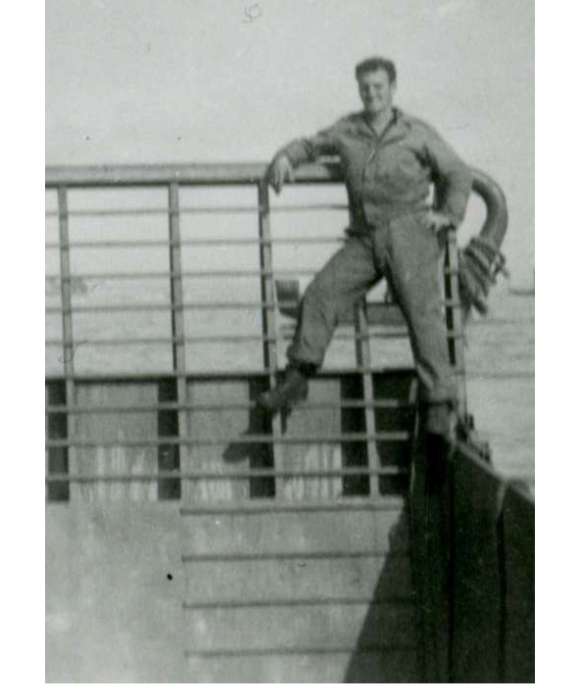
Louisiana Spotlight: Landing Craft Mechanized, the "Other" Higgins Boat at D-Day
On D-Day, Higgins boats landed thousands of GIs on French shores. Often overlooked in comparison to the LCVP is its "big brother"—the Landing Craft Mechanized.
Kali Martin
Kali Martin is a former Research Historian of The National WWII Museum's Jenny Craig Institute for the Study of War and Democracy.
Cite this article:
MLA Citation:
APA Citation:
Chicago Style Citation:
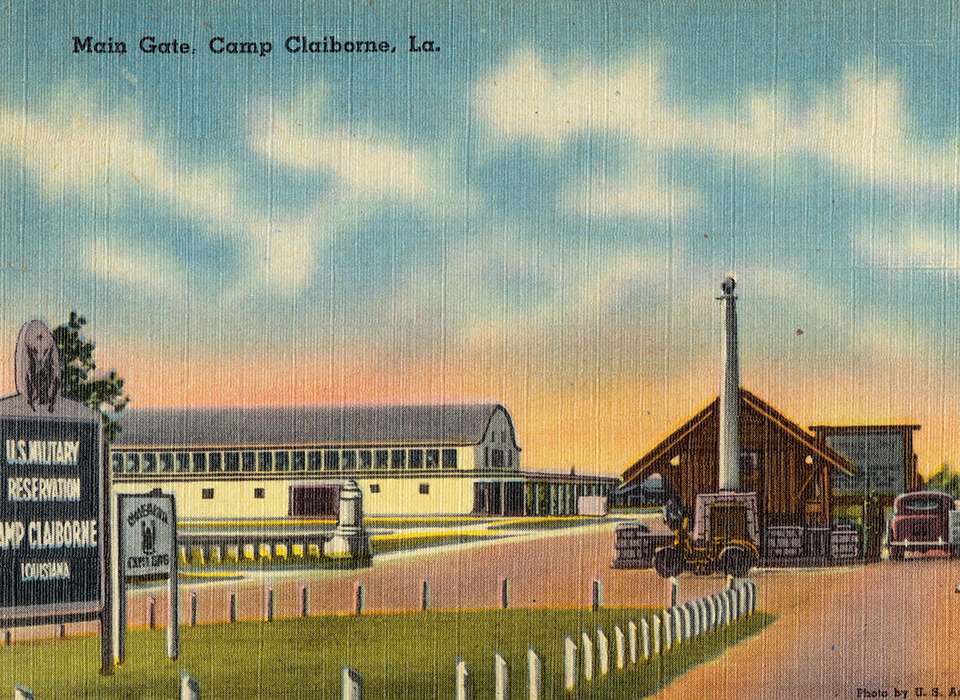
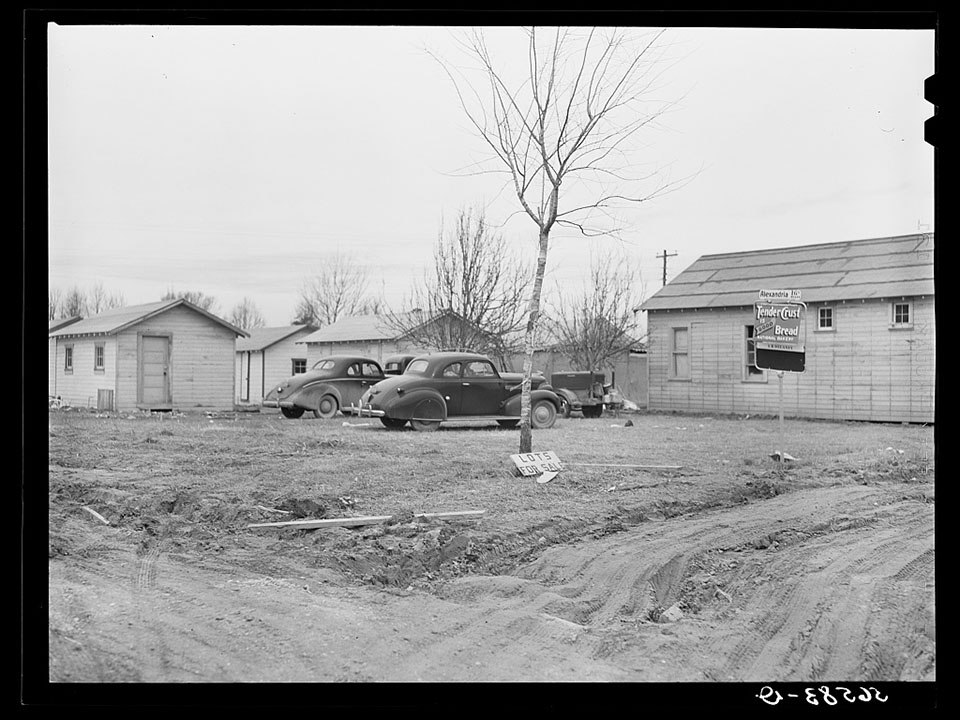
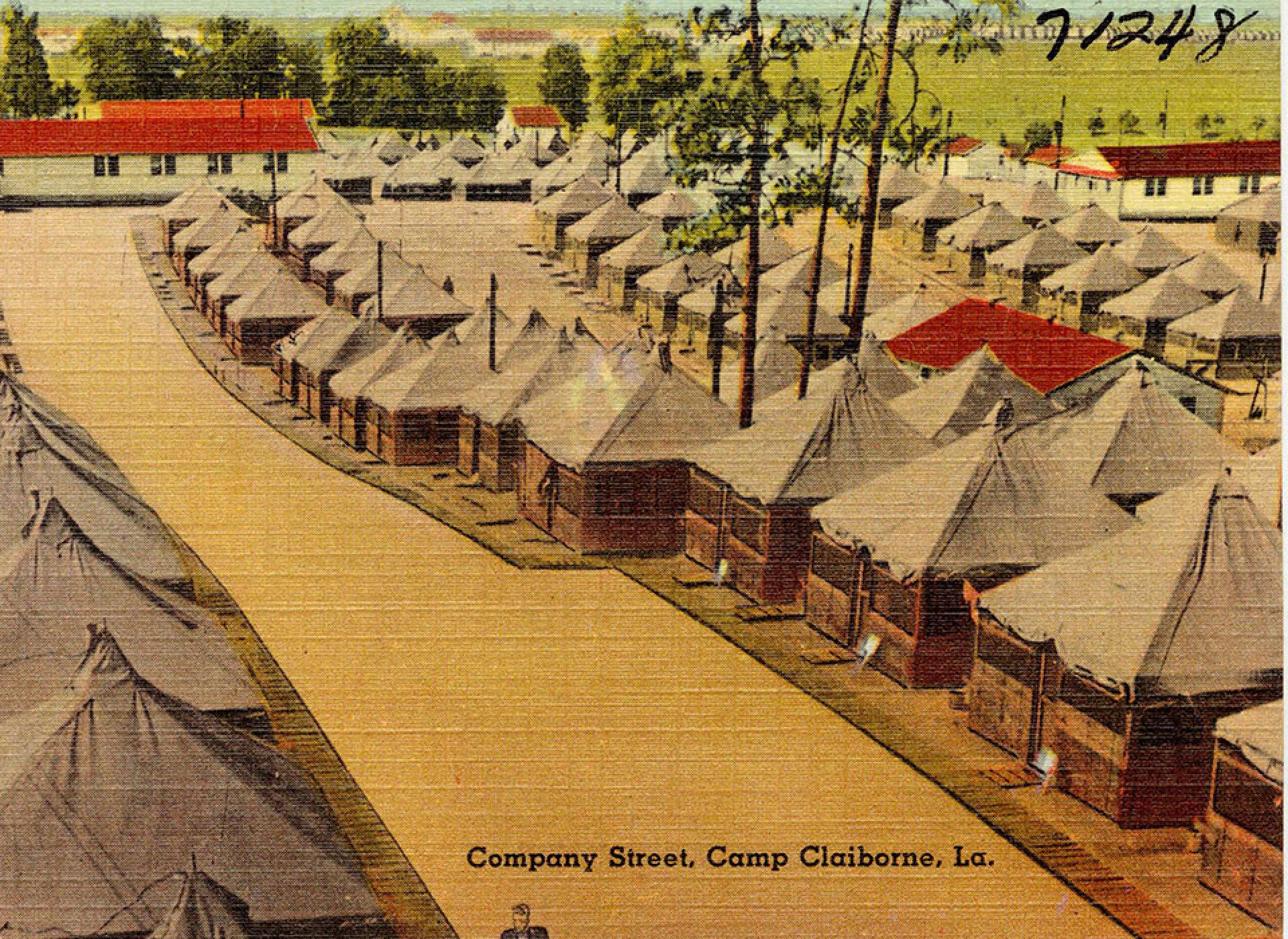
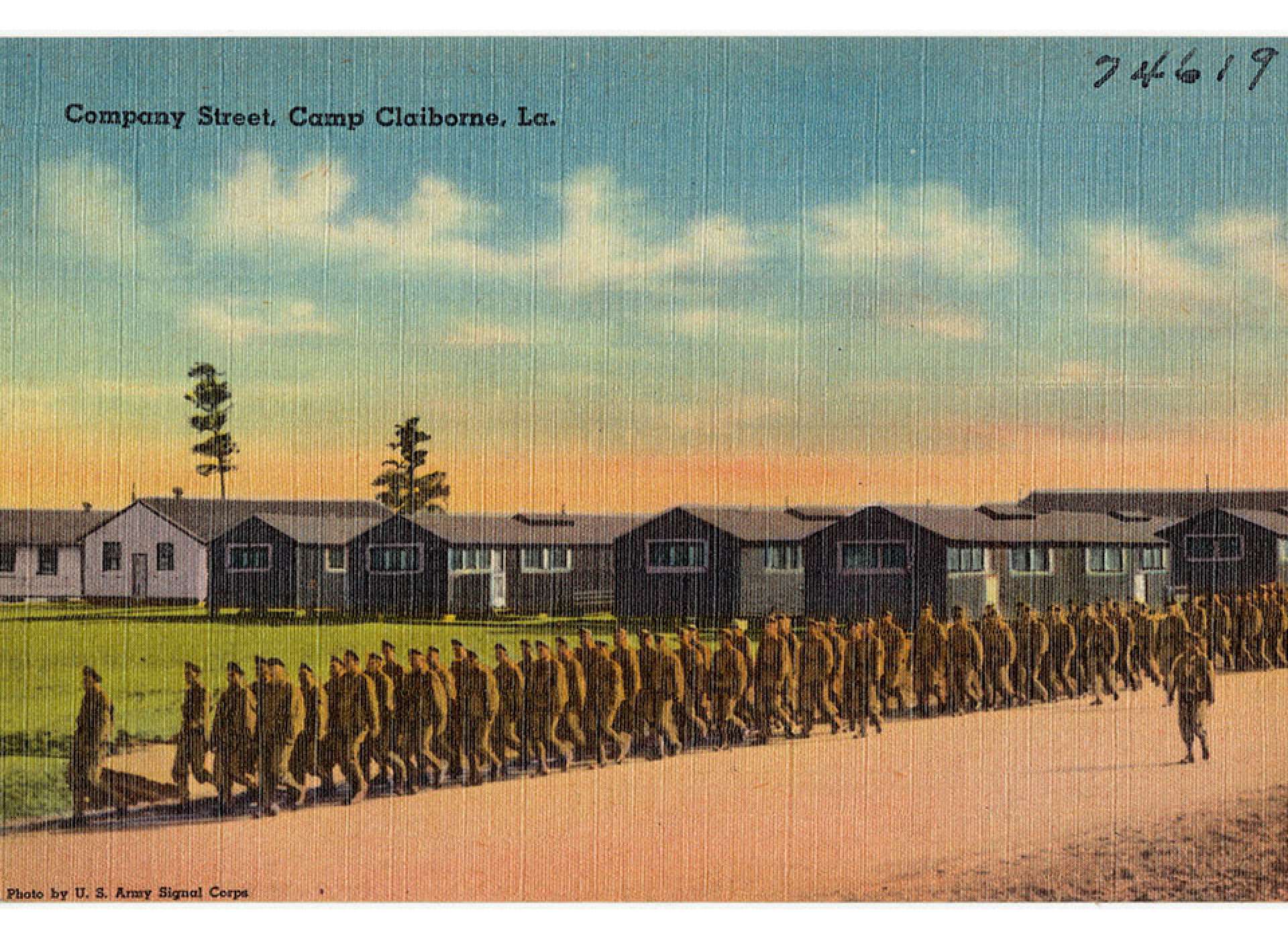
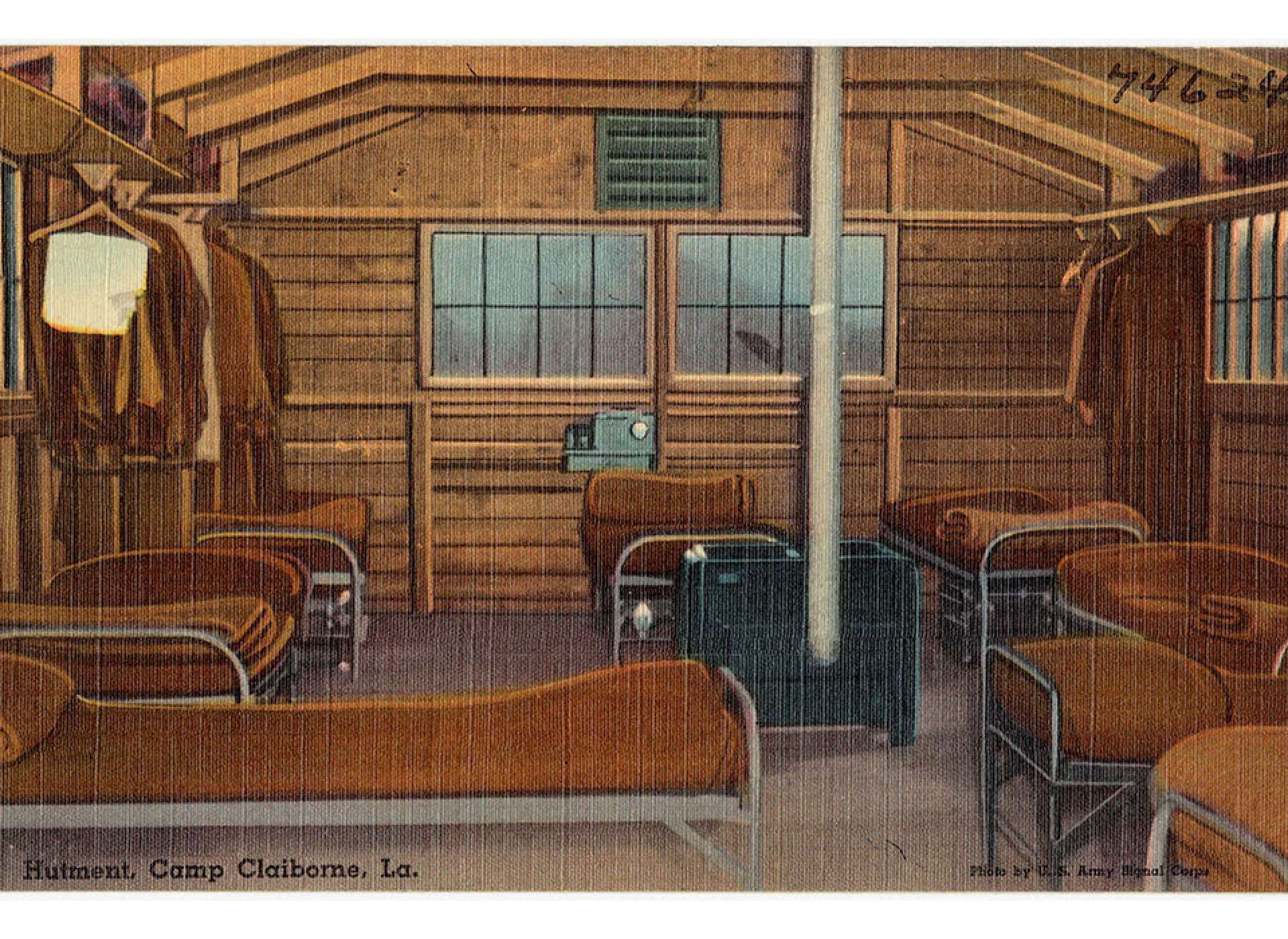
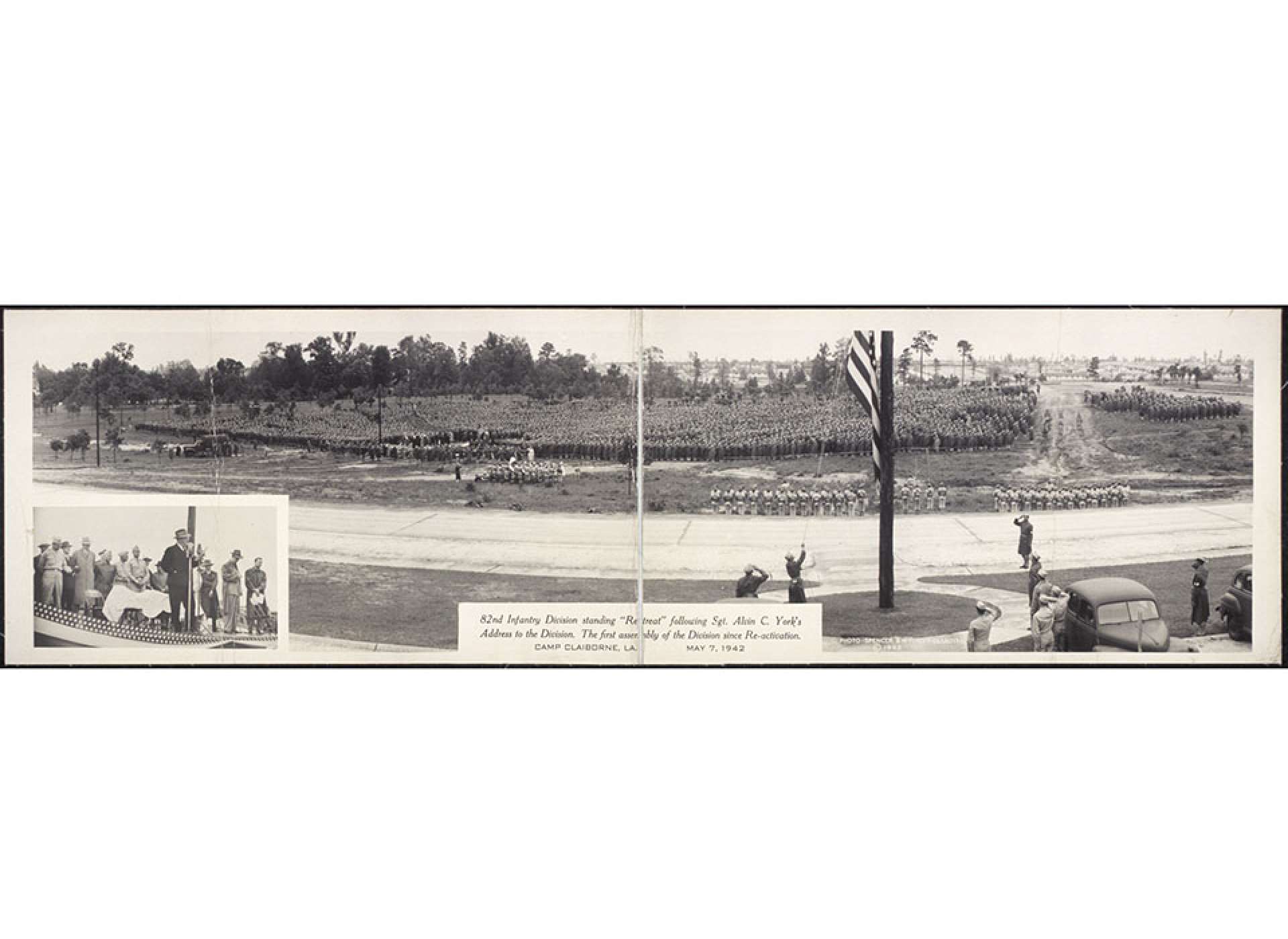
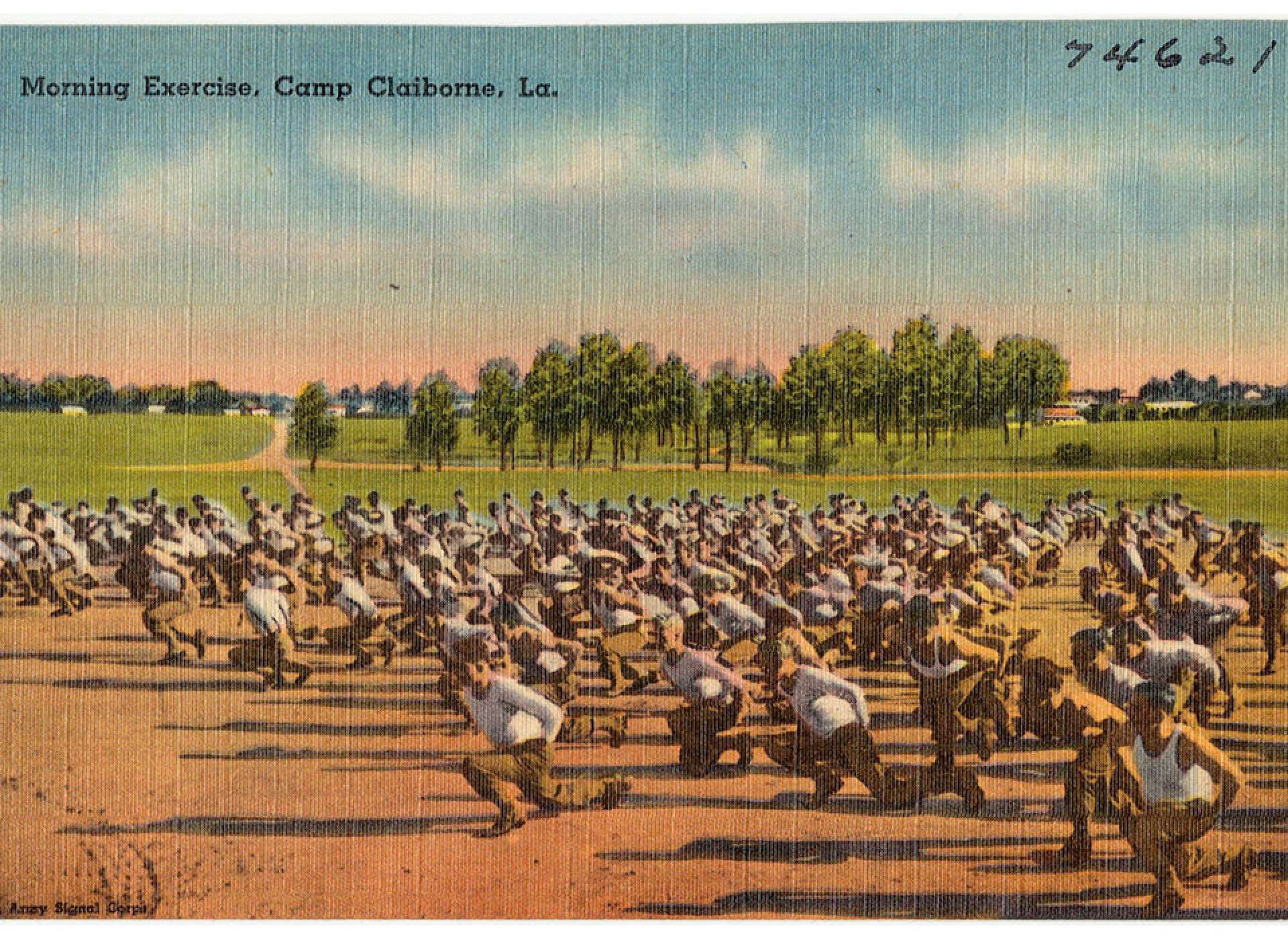
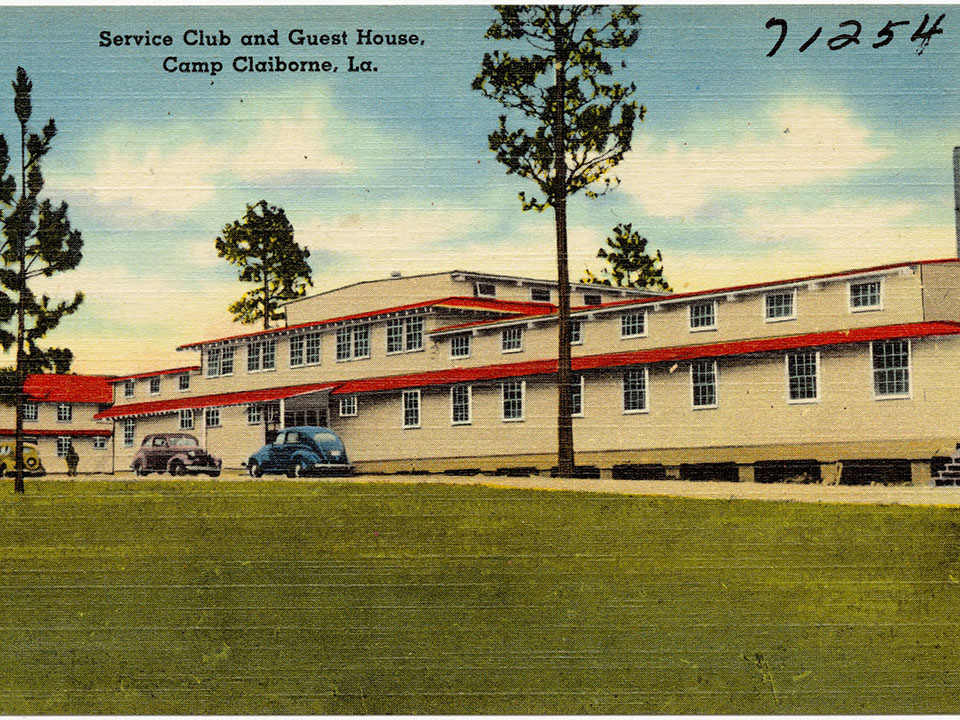





![Max Fuchs, New York City cantor, sings as Rabbi Sydney [sic] Lefkowitz, Richmond, VA, conducts the first Jewish services from Germany.](/sites/default/files/styles/max_650x650/public/2025-10/image1.jpg)


